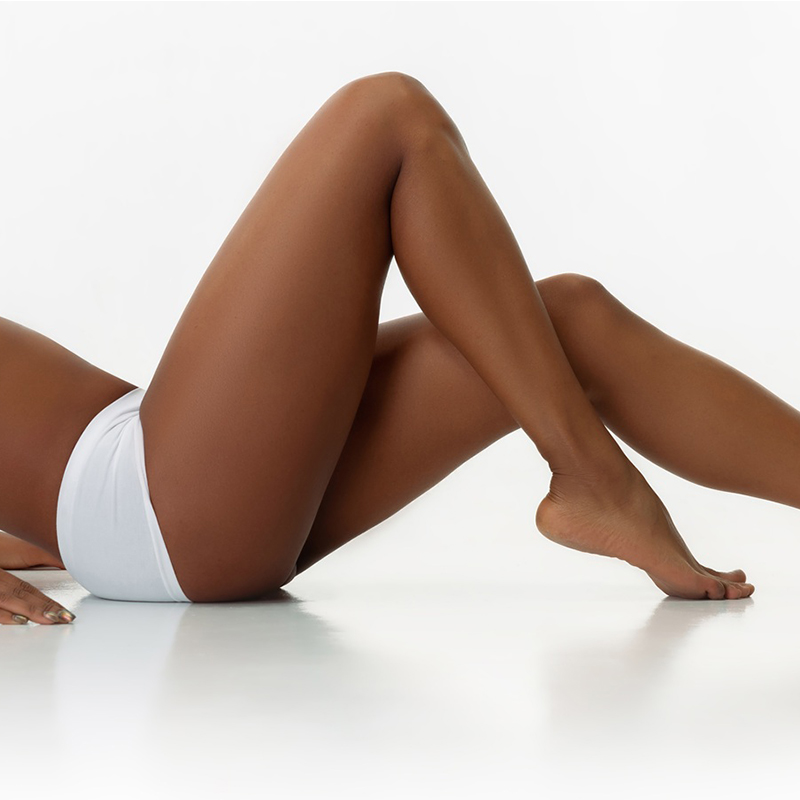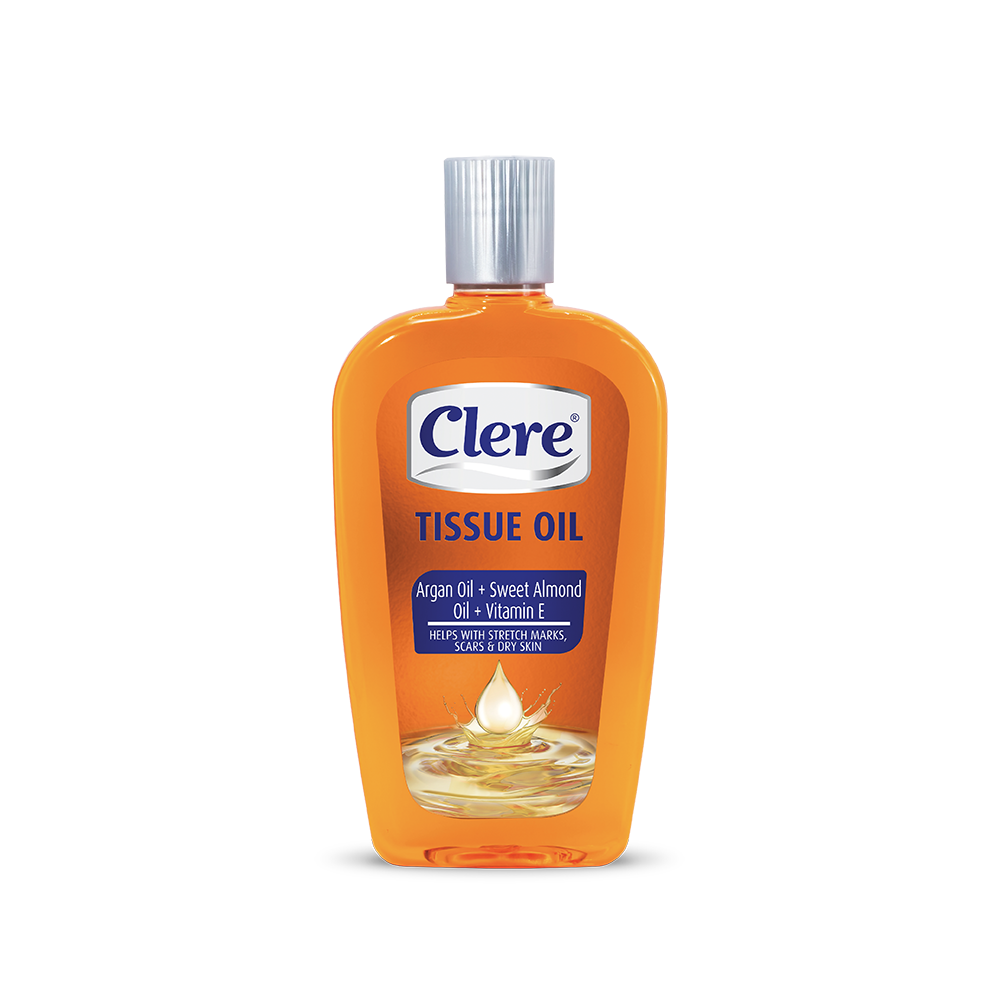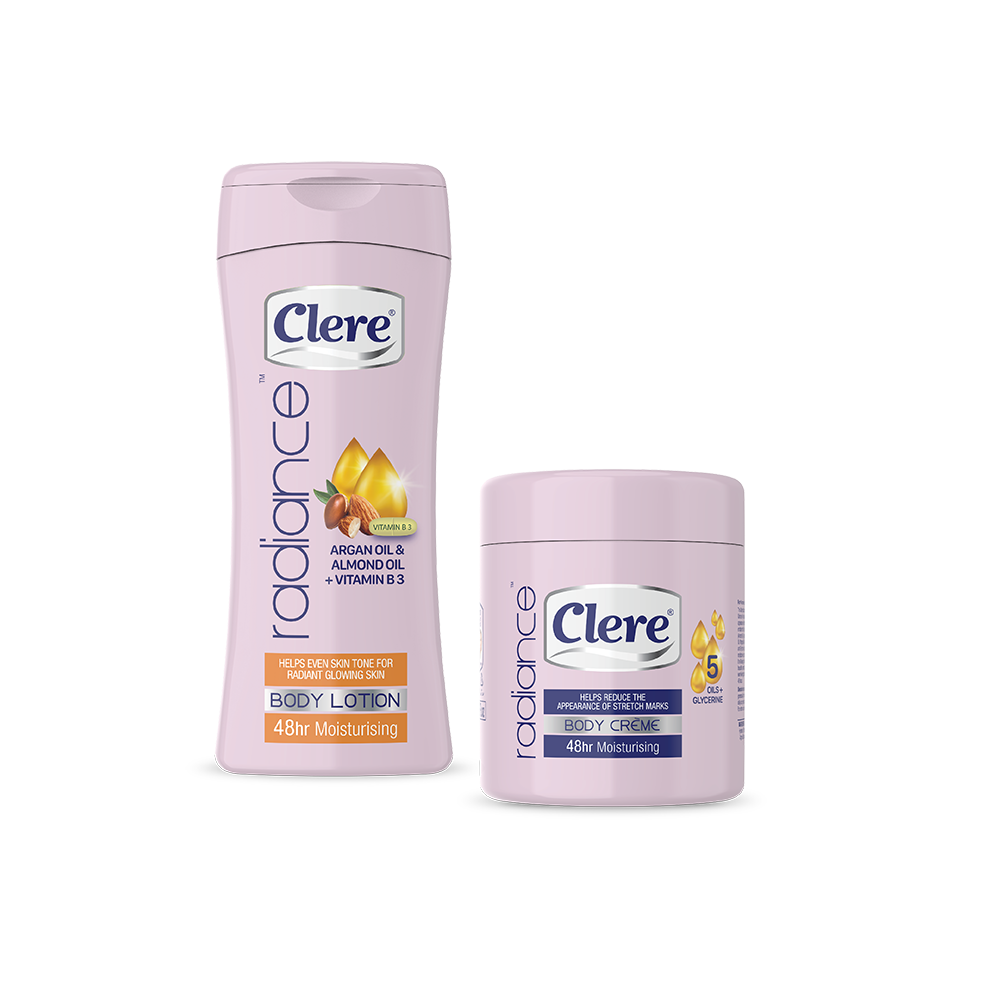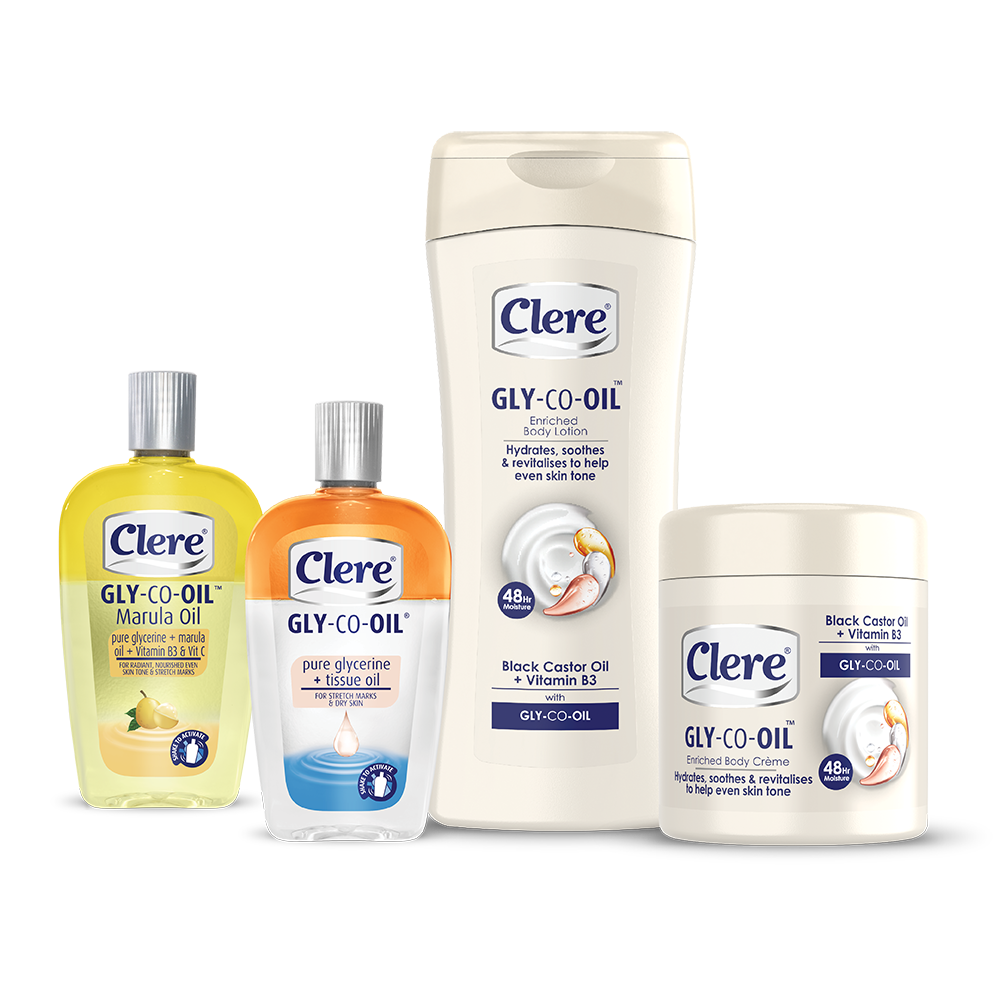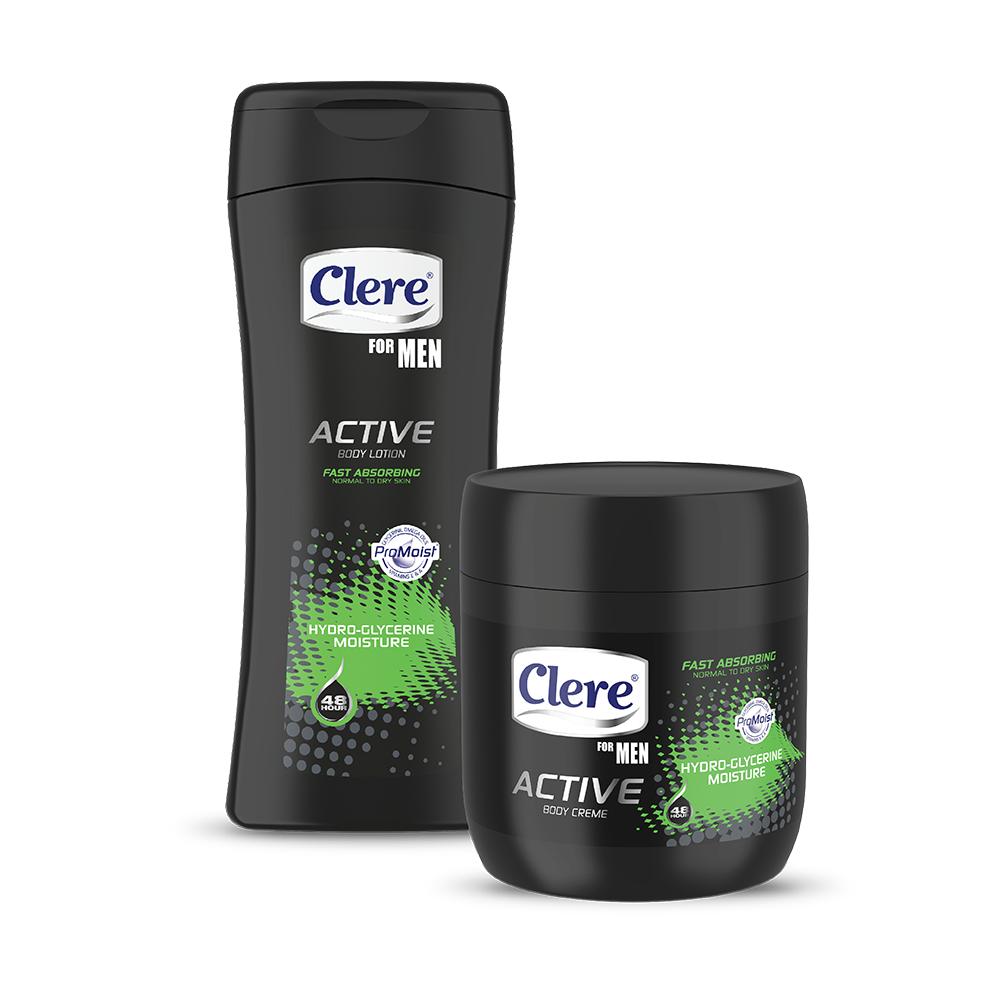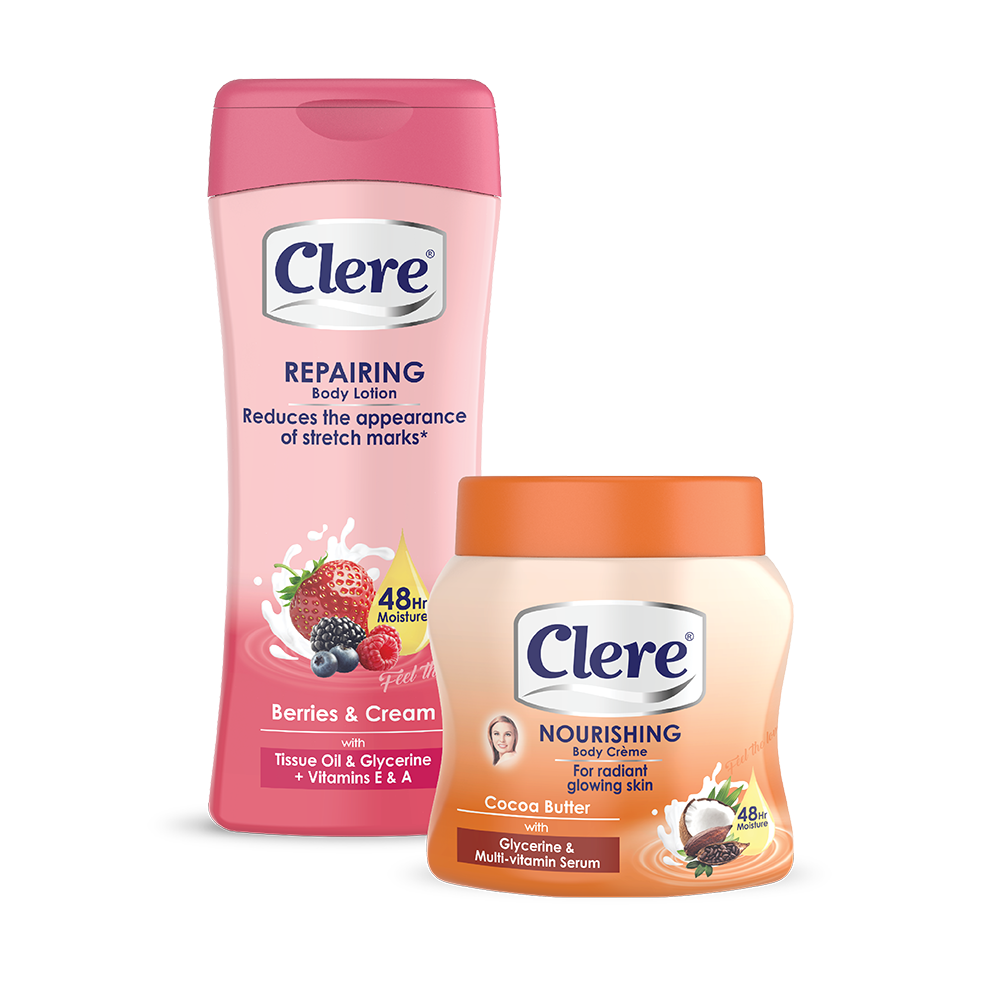Dry and dehydrated skin can be frustrating and uncomfortable, often causing flakiness, tightness, and a dull complexion. “While they may seem similar, dry skin and dehydrated skin have distinct causes and require specific approaches to help them,” comments Su-Marie Annandale brand manager for Clere skincare.
Dry skin is a skin type characterised by a lack of natural oils or lipids in the skin. It is usually a genetic predisposition, and people with dry skin may experience constant dryness, roughness, and a tendency to develop fine lines and wrinkles. Environmental factors such as cold weather, low humidity, and excessive exposure to hot water or harsh chemicals can exacerbate dry skin.
Dehydrated skin, on the other hand, is a temporary condition caused by a lack of water or moisture in the skin. It can affect any skin type, including oily or combination skin. Common causes of dehydrated skin include excessive sun exposure, air conditioning, central heating, a poor diet, and certain medications. Dehydrated skin often feels tight, looks dull, and may show signs of sensitivity or inflammation.
Annandale shares the below tips to help both dry and dehydrated skin:
Hydrating skincare routine – Establish a consistent skincare routine that prioritises hydration. Apply a rich, nourishing moisturiser that suits your skin type to restore and protect the skin barrier. Clere’s Repairing range of body crèmes and lotions combines key ingredients Tissue Oil, Glycerine and Vitamins E & A and helps reduce the appearance of stretchmarks *. Plus, the crèmes and lotions provide 48 hours of moisture.
Drink plenty water – Ensure you are drinking enough water throughout the day to maintain optimal hydration levels. Aim for at least eight glasses of water daily and consider incorporating hydrating beverages such as herbal teas or infused water with slices of cucumber or citrus fruits.
Humidify the air – Combat dry indoor environments by using a humidifier. It will add moisture to the air, helping to prevent water loss from the skin. Place it in your bedroom or office to create a more humid atmosphere and alleviate dryness.
Protect from environmental factors – Shield your skin from harsh weather conditions. In cold weather, wear protective clothing, including hats, scarves, and gloves. Try and limit your exposure to hot water during showers or baths, as it can strip the skin of its natural oils.
Nourish from within – Support your skin’s health by following a well-balanced diet rich in fruits, vegetables, and healthy fats. These foods provide essential vitamins, minerals, and antioxidants that promote skin hydration and overall radiance. Additionally, limit your intake of caffeine, and sugary drinks, as they can dehydrate the body and contribute to dull, lacklustre skin.
Exfoliate – Incorporate gentle exfoliation into your skincare routine to remove dead skin cells and allow better absorption of hydrating products.
Lifestyle modifications – Certain lifestyle habits can contribute to skin dryness or dehydration. Prioritise stress management techniques such as meditation, exercise, or engaging in activities you enjoy, as stress can exacerbate skin conditions.
Dry or dehydrated skin doesn’t have to be a constant battle. By understanding the difference between the two and implementing these practical solutions, you can restore your skin’s moisture balance and achieve a radiant, healthy complexion. Consistency is key, so be patient and give your skin time to heal and rejuvenate. Remember, healthy skin starts from within, so prioritise hydration, nourishment, and self-care for long-lasting results.
*8 out of 10 women saw an improvement in their stretchmarks and it helped even their skin tone after 12 weeks of continued use
For more from Clere visit their website, Facebook and Instagram pages
Media queries Julia Rice | Republic PR | julia@republicpr.co.za




